Music, the ‘Liberation Doctrine’ in Zimbabwe’s war
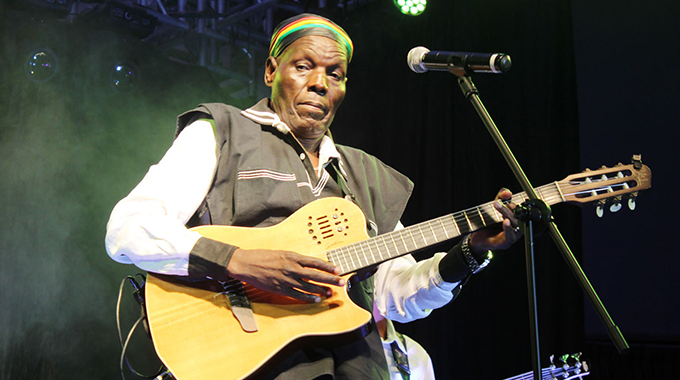
Stanford Chiwanga, [email protected]
DURING Zimbabwe’s war of independence, music morphed from a source of entertainment into a potent weapon. Songs delivered powerful messages of political and social protest through a blend of popular styles like Chimurenga music, a genre known for its revolutionary energy.
Scholars like Professor Rangarirayi Zindi argue that music “became a form of liberation doctrine.” Musicians like Thomas Mapfumo, Solomon Skuza, the Zanla Choir, Zipra Choir, the original Light Machine Gun Choir (LMG), Impi Yesiko and Dickson “Chinx” Chingaira emerged as crucial figures. They composed and performed songs that critiqued the Rhodesian regime, exposing its brutality and discriminatory policies.
The LMG Choir played a significant role in the liberation of Zimbabwe. It was established by the late Vice-President Dr Joshua Nkomo to motivate freedom fighters during the protracted war of liberation. The choir’s music, particularly the song Kubuhlungu Emoyeni (There is pain in my heart), evoked the emotions of the liberation struggle and was used to boost the morale of combatants.
The LMG Choir became synonymous with the heroes’ celebrations in Zimbabwe and their songs were often played during significant national events, such as the burial of national heroes at the National Heroes’ Acre or during the commemoration of the Zimbabwe Defence Forces Day and Heroes’ Day. The songs not only motivated the fighters during the struggle but also spoke to the plight of some ex-combatants after the war, reflecting on the challenges they faced in adjusting to life post-liberation.
The choir’s contributions were so impactful that they were made the official Zipra Choir in Zambia in 1978, and their music continued to encourage revolutionaries during the war.

Thomas Mapfumo
Mapfumo’s songs became instant hits and landed him in trouble with the authorities. Tracks like Hokoyo, Nyoka Musango and Tumira Vana Kuhondo became anthems. Mapfumo’s music also anchored the inspiration of ancestral spirits like Nehanda, Kaguvi and veteran nationalists like Herbert Chitepo, weaving their legacy into the fight for freedom.
Another iconic musician, Oliver Mtukudzi, used his music as a tool for social commentary and activism. Songs like Dzandimomotera highlighted the harsh realities of life under colonial rule, like forced labour and poor living conditions. Yet, they also instilled hope and resilience among listeners. Despite threats and suppression, Mtukudzi remained steadfast in speaking the truth through his music.
Songs like Hayo Makomo and Moyo Wangu acknowledged the hardships and losses faced by guerrillas operating in the harsh bush terrain. Yet, they also celebrated the fighters’ unwavering pursuit of freedom and their enduring spirit.
Sung in Shona, Ndebele, and other local languages, these songs transcended tribal lines. As highlighted by Bindura University of Science Education researchers (Communicating Through Music: An Analysis of Selected Songs from the Second Chimurenga The Zimbabwean Liberation War), music fostered a sense of shared purpose among the diverse group of fighters, uniting them under a common banner of liberation.
Music served as a powerful rallying point. Songs with revolutionary messages were disseminated throughout the country, often exceeding language barriers and uniting the people in their fight for freedom. Scholars like Jacqueline Musiwa and Christopher Ndlovu highlight how music transcended tribal lines and fostered a sense of national belonging. Songs like Mapfumo’s powerful Tumira Vana Kuhondo (Send the Children to War) were rallying cries, urging young people to join the fight for liberation.

Dorothy Masuka
According to Terence Ranger, musicians played a pivotal role in keeping the cultural traditions alive during a time when the colonial regime attempted to suppress them. By incorporating aspects of traditional rhythms and instruments like the mbira (thumb piano) and hosho (gourd shakers) into their liberation songs, they ensured the continuation of cultural heritage while linking it to the struggle for independence.
Music provided a platform for expressing the frustrations and injustices faced by the people under colonial rule. Lyrical themes often addressed issues of land dispossession, racial discrimination and the brutality of the regime. Scholars like Sabelo Gatsheni-Ndlovu underline how music became a channel for defiance and resistance against the colonial order. Liberation songs offered a voice to the voiceless and a platform to challenge the status quo.
Women musicians also played a pivotal role in the liberation struggle, defying expectations in a male-dominated industry. Figures like Dorothy Masuka and Stella Chiweshe challenged the status quo with their powerful voices. Their contributions, though often overlooked, significantly shaped the cultural landscape of Zimbabwe and inspired future generations of female musicians.
Liberation songs resonated deeply during night gatherings called pungwes.
Here, fighters would sing, dance and share stories, their spirits bolstered by the music and the sense of community. The impact wasn’t limited to the fighters. Songs like Mtukudzi’s Gunguwo (The Crow), with its subtle yet powerful critique of the Rhodesian regime, spread dissent and defiance among the general population, subtly encouraging resistance.

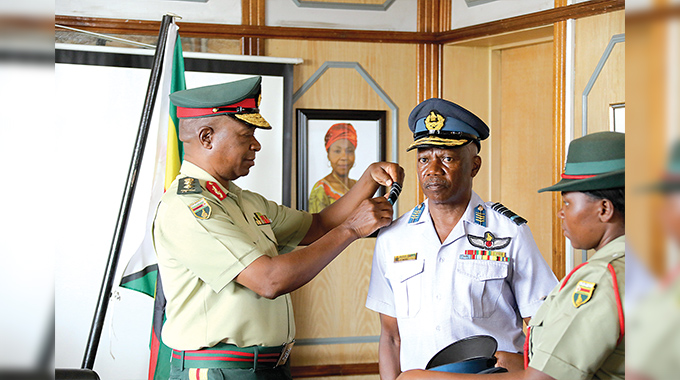

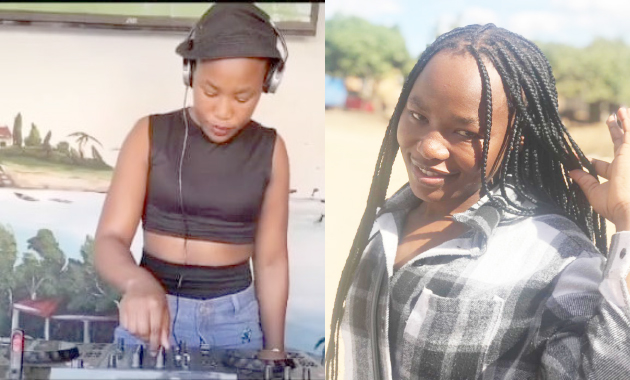

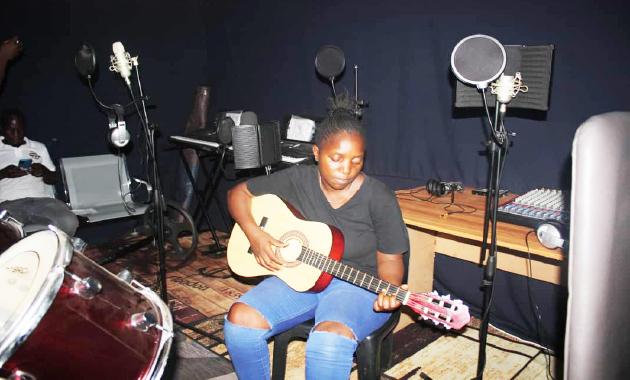



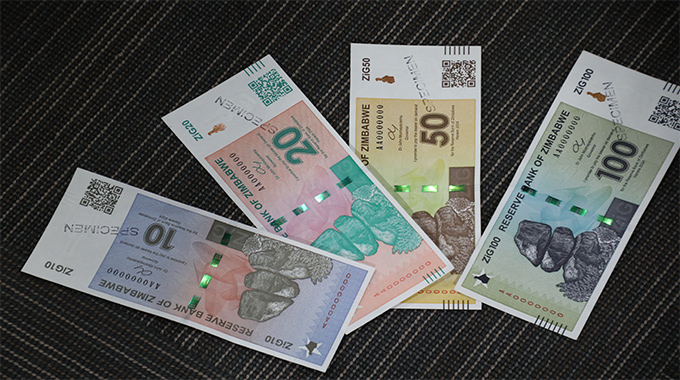


Comments